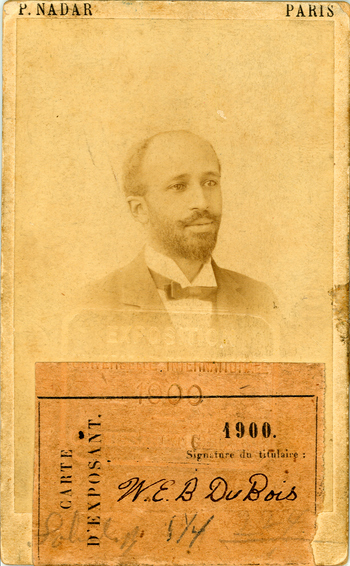
Good Morning POU!

We continue to look at the historic Negro Exhibit at the 1900 Paris Exposition.
W. E. B. Du Bois on an identification card for the 1900 Exposition Universelle
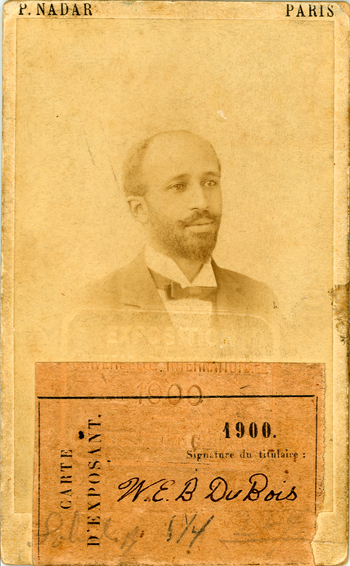
W.E.B. Du Bois included photographs that he called “typical Negro faces,” exemplifying the accomplishment and progress of African Americans. He compiled a set of three large albums of photographs, the photographer of which was never identified at the exhibit. Some were formal studio portraits, but there were also informal snapshots of groups of people, children playing in the streets, people working, family outings, images of houses and businesses and the interiors of homes.
Female students at Atlanta University 1899
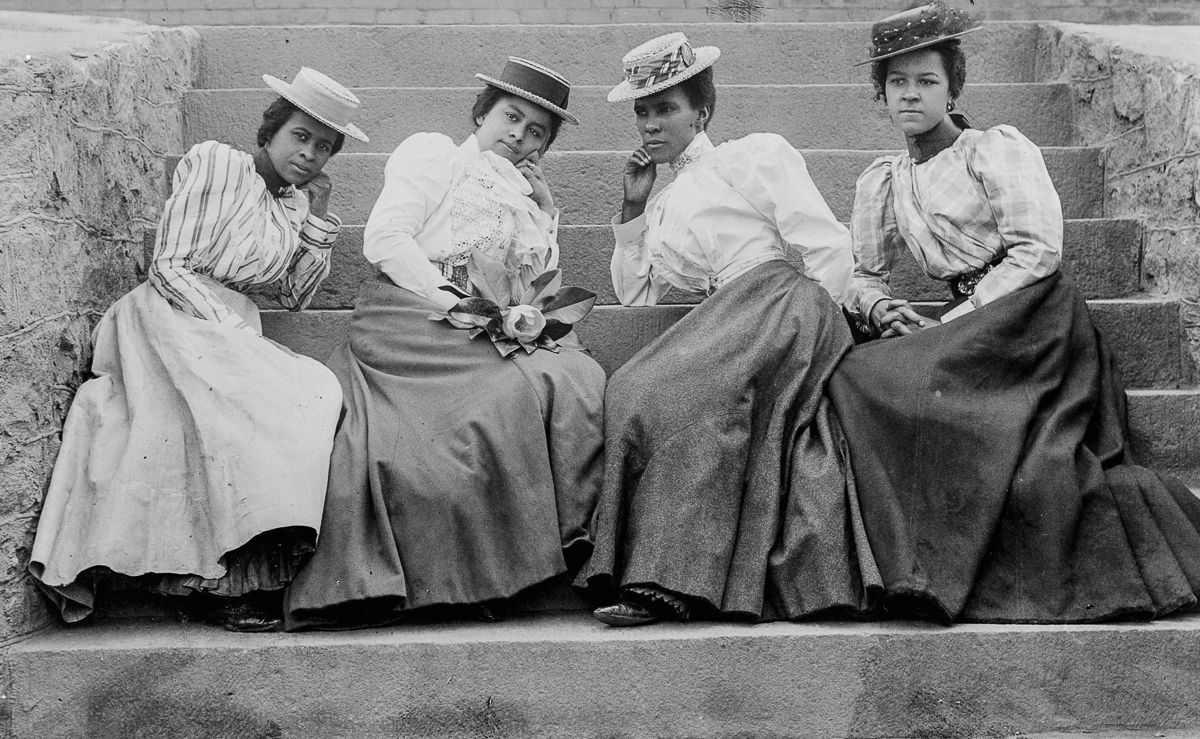
The exhibit was separate from United States national building, within the shared space of the Palace of Social Economy and Congresses with maps detailing U.S. resources, New York City tenement models, and information on labor unions, railroad pensions and libraries. It was displayed from April to November 0f 1900 and over 50 million people passed through.
A bacteriology class in a laboratory at Howard University
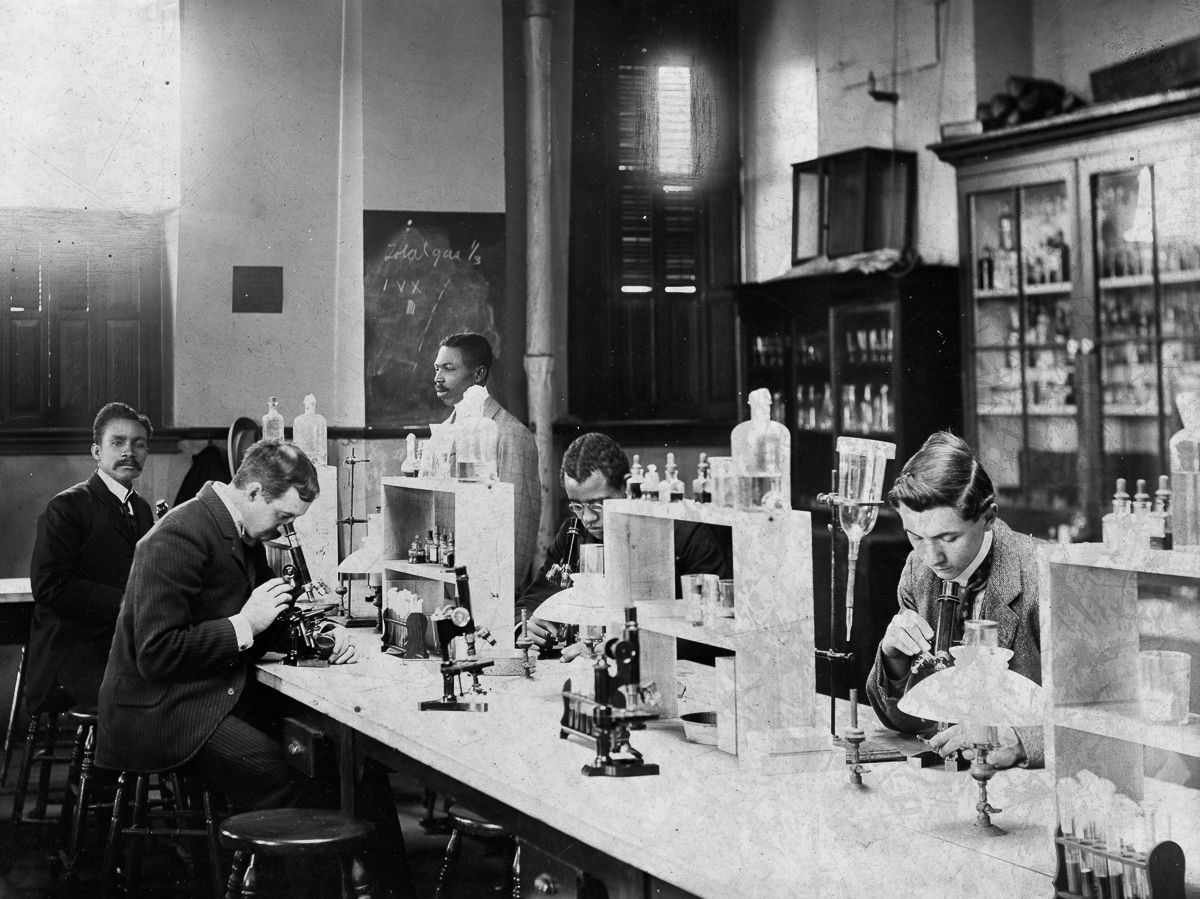
E.J. Crane stands in the door of his watchmaking and jewelry store in Richmond, Virginia.
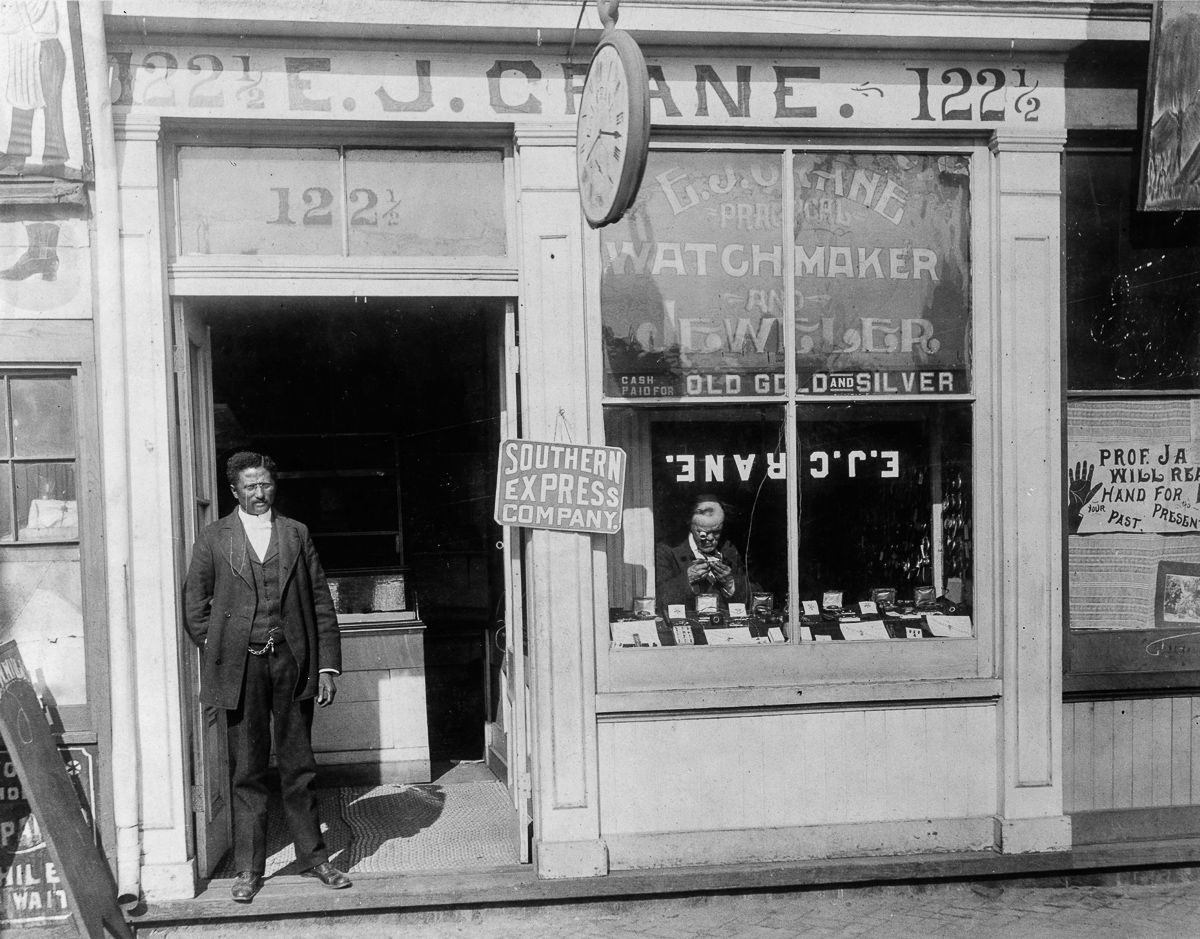
Mainstream American newspapers generally ignored the existence of the Negro Exhibit, and the U.S. commissioner-general failed to mention the Negro Exhibit in his comprehensive article published in the North American Review. Still, the Negro Exhibit occupied one fourth of the total exhibition space allocated to the US in the multinational Palace of Social Economy and Congresses, and Black periodicals like The Colored American wrote extensively about the project.
Morris Brown College Baseball Team
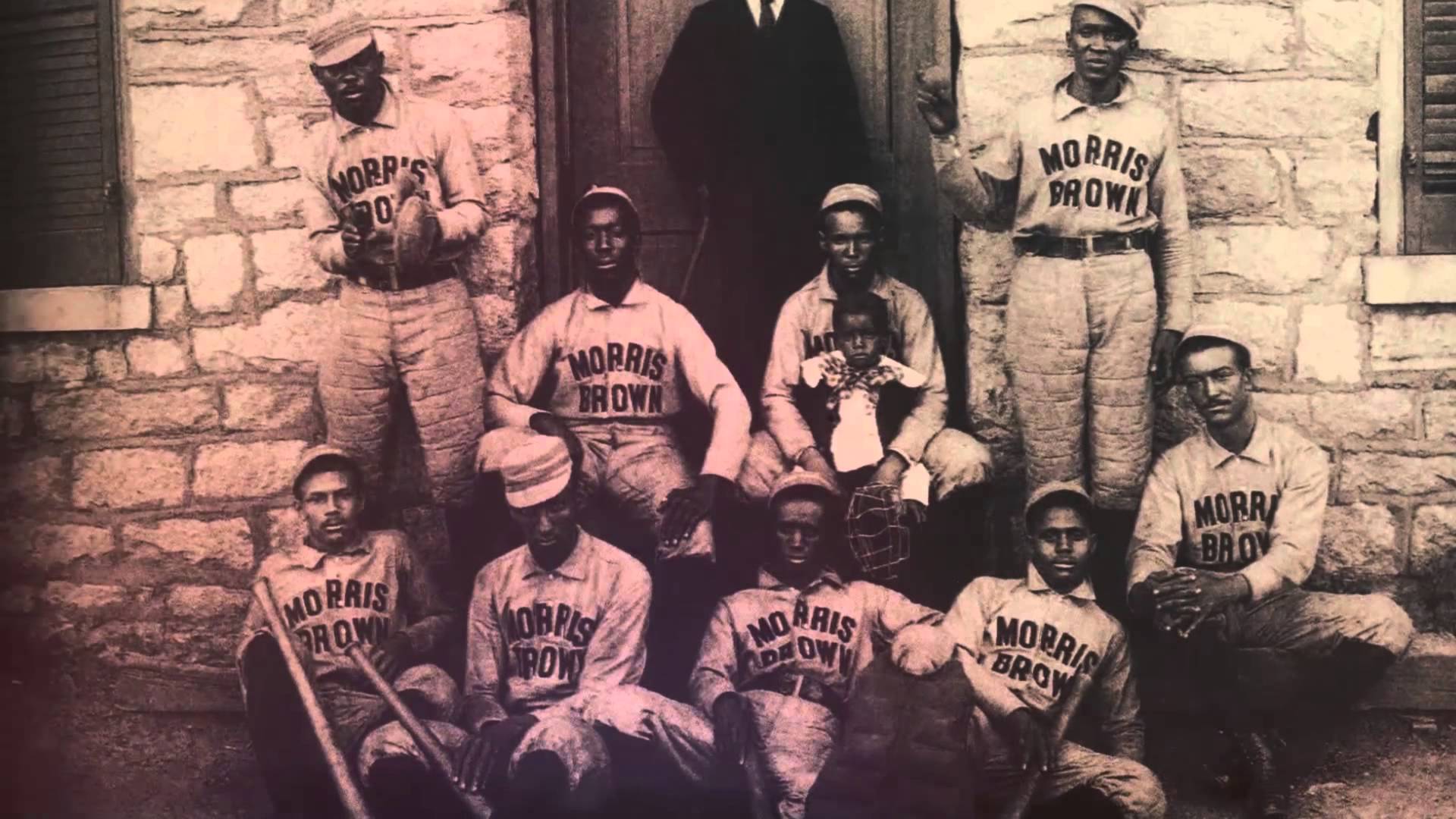
Executive Board of The Womens’ League Newport RI
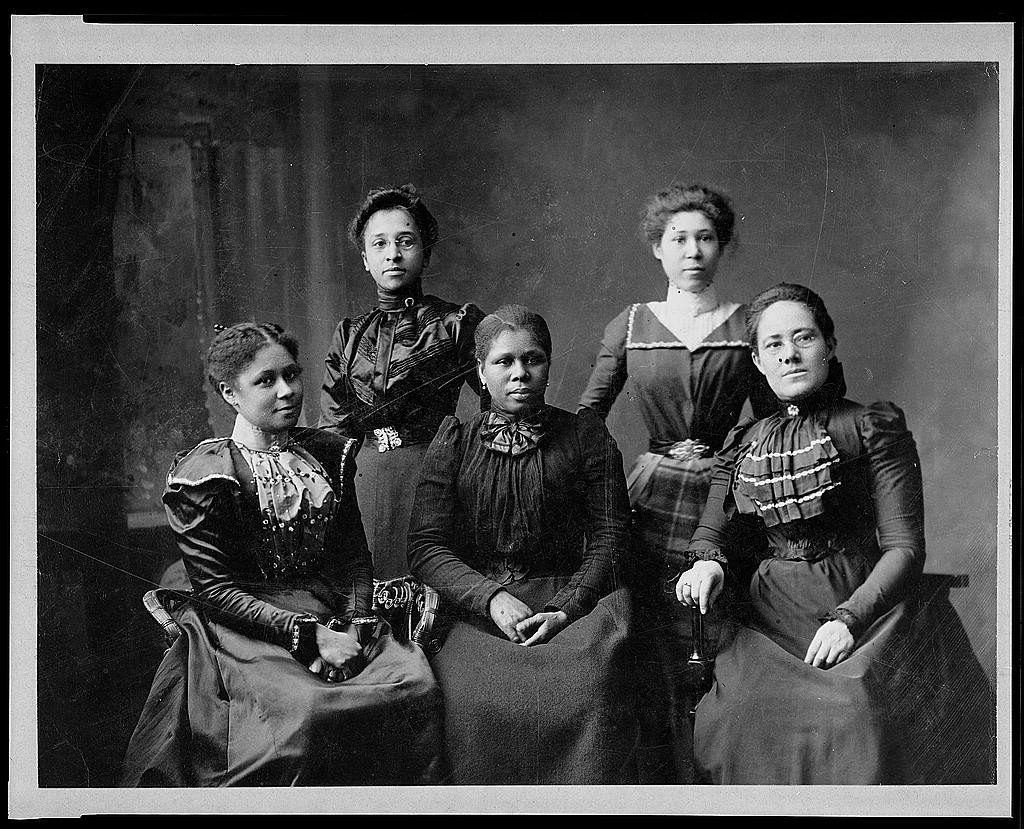
Cadets at Haines Normal and Industrial Institute, Augusta, Georgia.
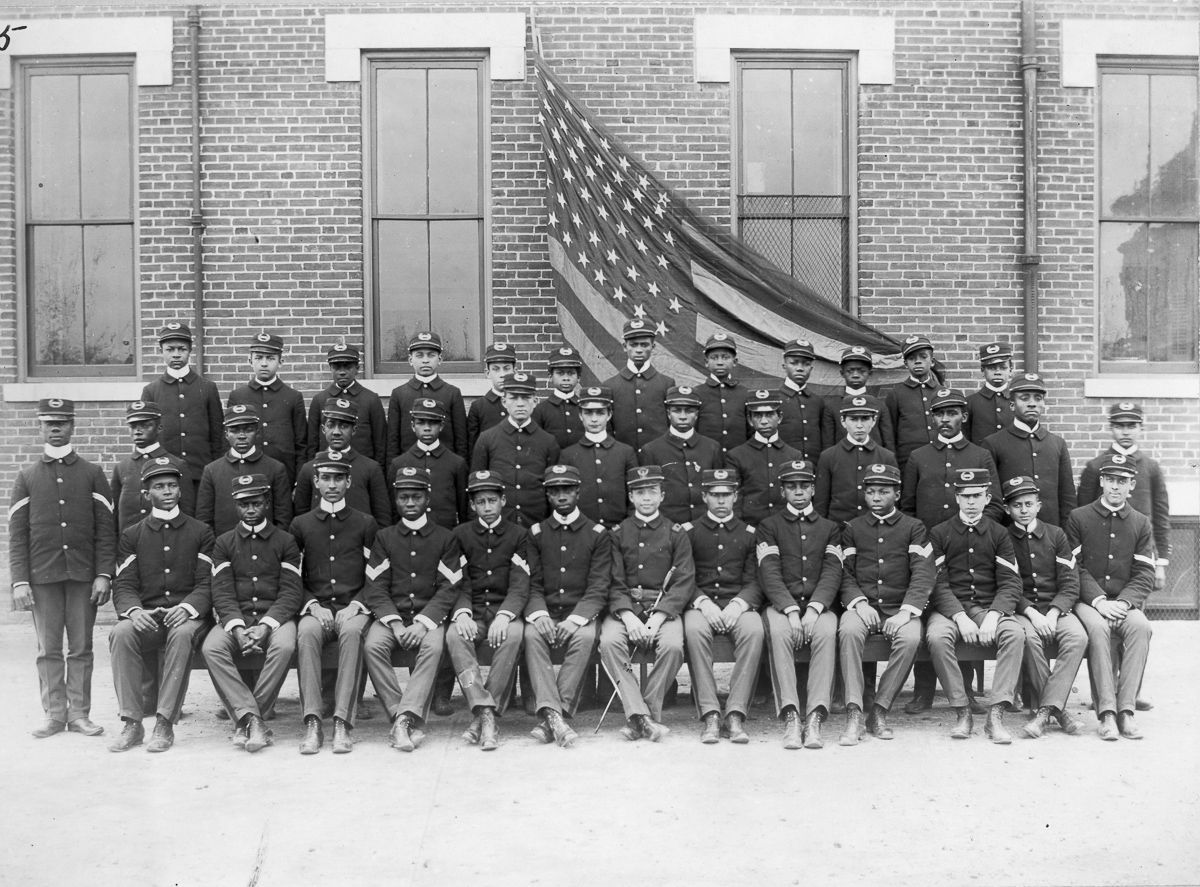
The junior preparatory class of Fisk University
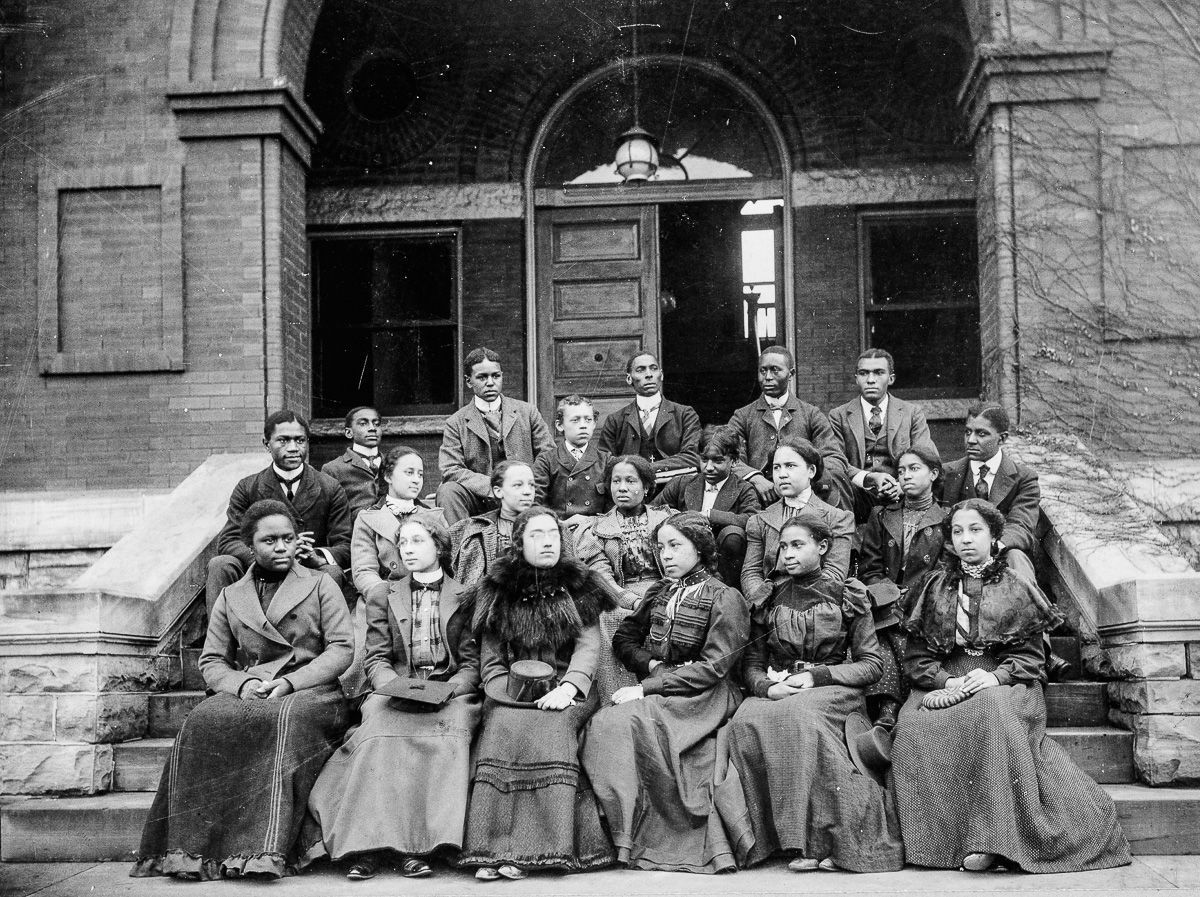
Dentistry students practice at Howard University
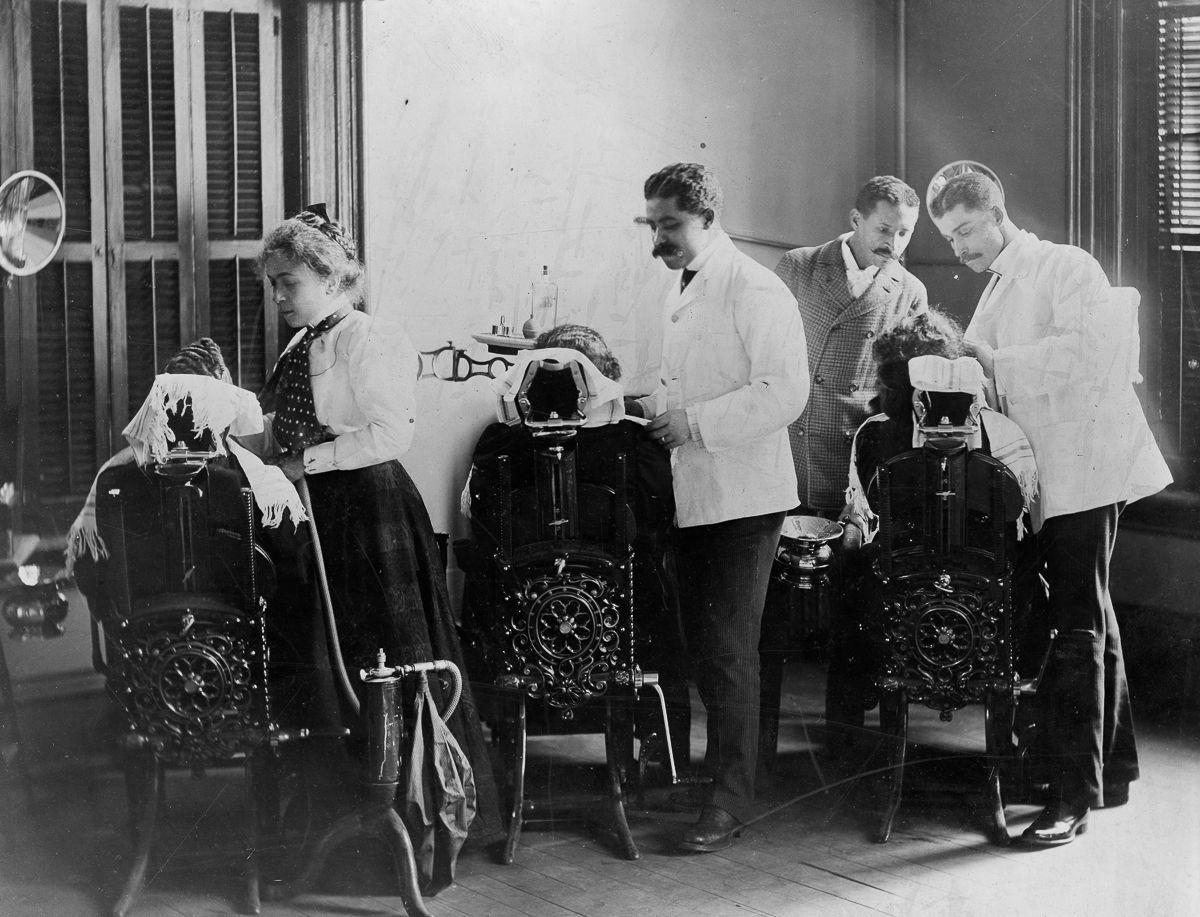
- Today the Exhibit of American Negroes is housed at the Library of Congress.
